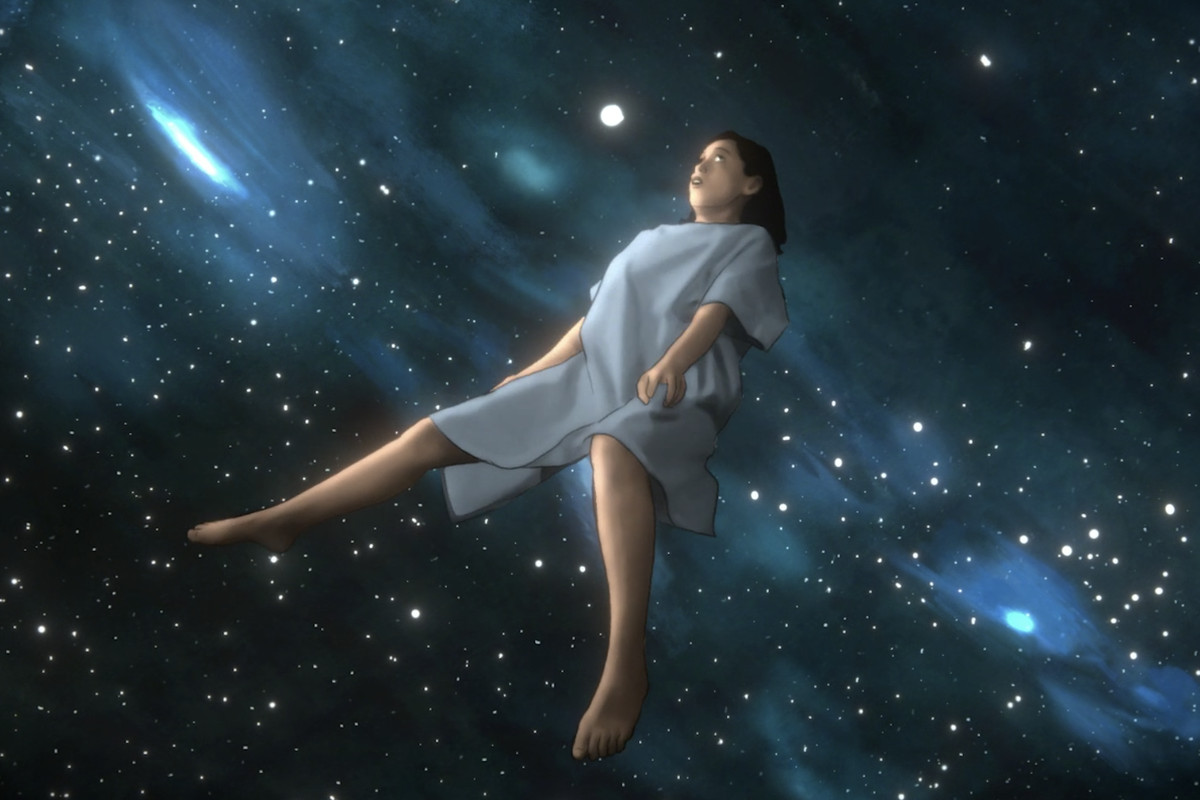Table of Contents Show
The Amazon Prime Video original series, Undone, navigates through the idea that perception is reality. Perception creates unique versions of reality for every individual based on one’s personal biases and experiences. In Undone, protagonist Alma Winograd-Diaz experiences a metaphysical reality after a traumatic car accident. Subsequently, Alma interacts with her dead father, challenging viewer perception further when he teaches Alma how to manipulate time. Thus, the line between reality and fiction in the show blurs. By utilizing aesthetic visuals and music, Undone created a visceral, thematic experience for audiences to interpret Alma’s valid, yet ambiguous, perception of reality.
A Synopsis Of Alma’s Reality
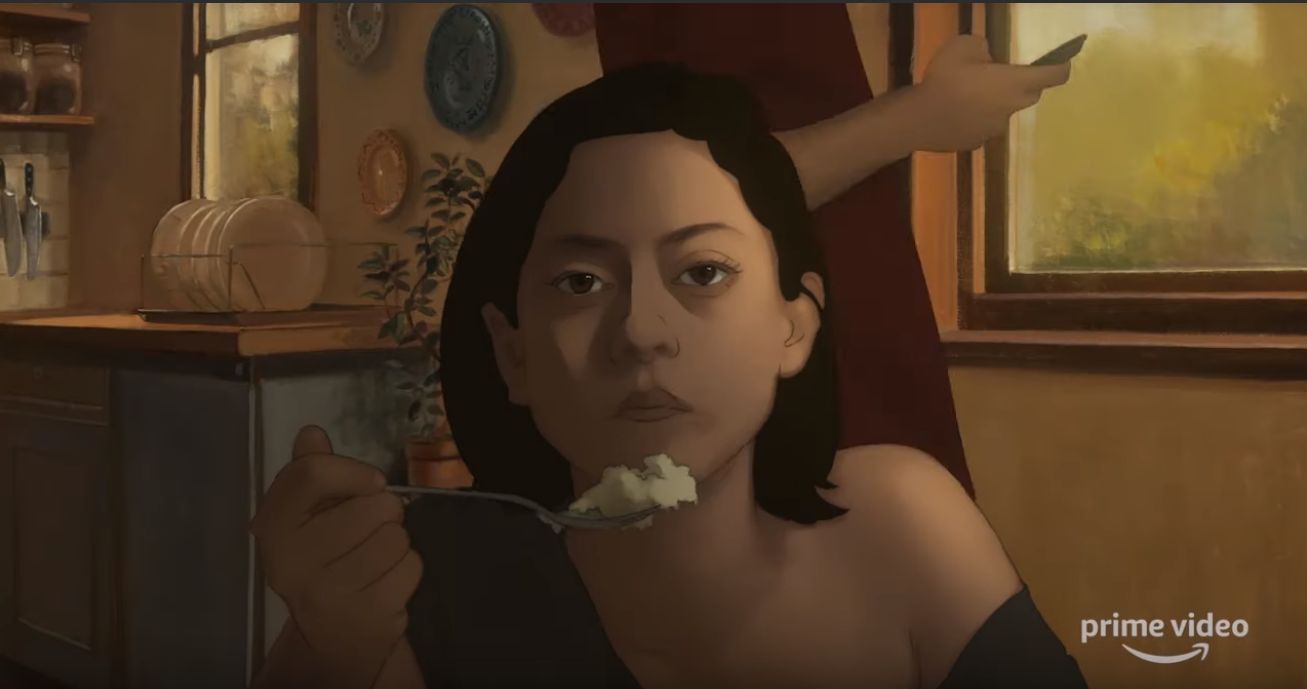
“Do you ever feel like you’re in a play? Except you’re the only one that knows it’s a play? And everyone is just playing the role they think they’re supposed to play, because that’s what you do?”
Alma Winograd-Diaz (Undone, Season 1: The Crash)
Undone brings audiences into the perceptions of Alma Winograd-Diaz, a partially deaf woman in her late twenties who lost her dad as a child. Consequently, Alma voices her feelings toward her repetitious, mundane life. Alma also mentally suffers from the idea that she caused her father’s death. She perceives herself as a broken person, cutting her wrists and grieving from loss. Her relationships with her boyfriend, mother, and sister are complicated because of Alma’s cynical attitude toward reality. She feels trapped in a cycle of redundancy. After Alma thinks she sees her dead father on the road, she crashes her car, initially landing herself in a coma.
The Art Of Perception In Undone
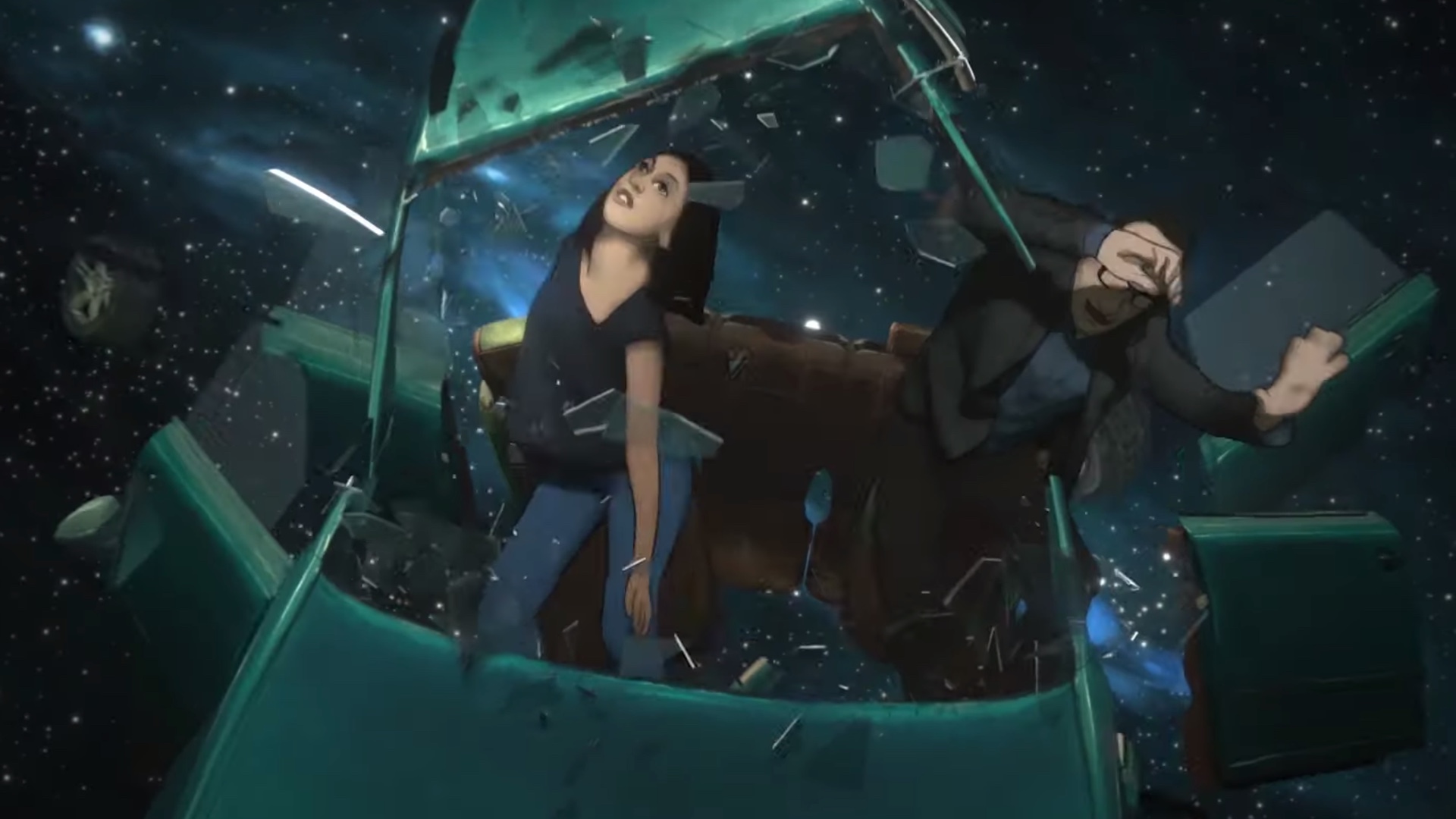
Alma wakes up with severe trauma, then begins seeing and hearing her dead father, Jacob Winograd. Jacob informs Alma that she can see him because she possesses unique, astral abilities to manipulate time. Accordingly, this revelation gives Alma the chance to open her mind to the possibility of a new perception of reality. In contrast, Alma’s loved ones perceive her as exhibiting symptoms of schizophrenia like Alma’s late grandmother.
Utilizing the visual artistry present in Undone, the show weaves together a crucial thematic influence for its audience. Combining experimental forms of artistic methods to portray Alma’s ambiguous perceptions brought viewers alongside Alma’s out-of-body experiences. As a result, the artistic aesthetics in Undone complimented the narrative of a young woman enduring trauma, grief, mental illness, disability, and a link to her Nahuatl ancestry.
Aesthetics In Rotoscoping
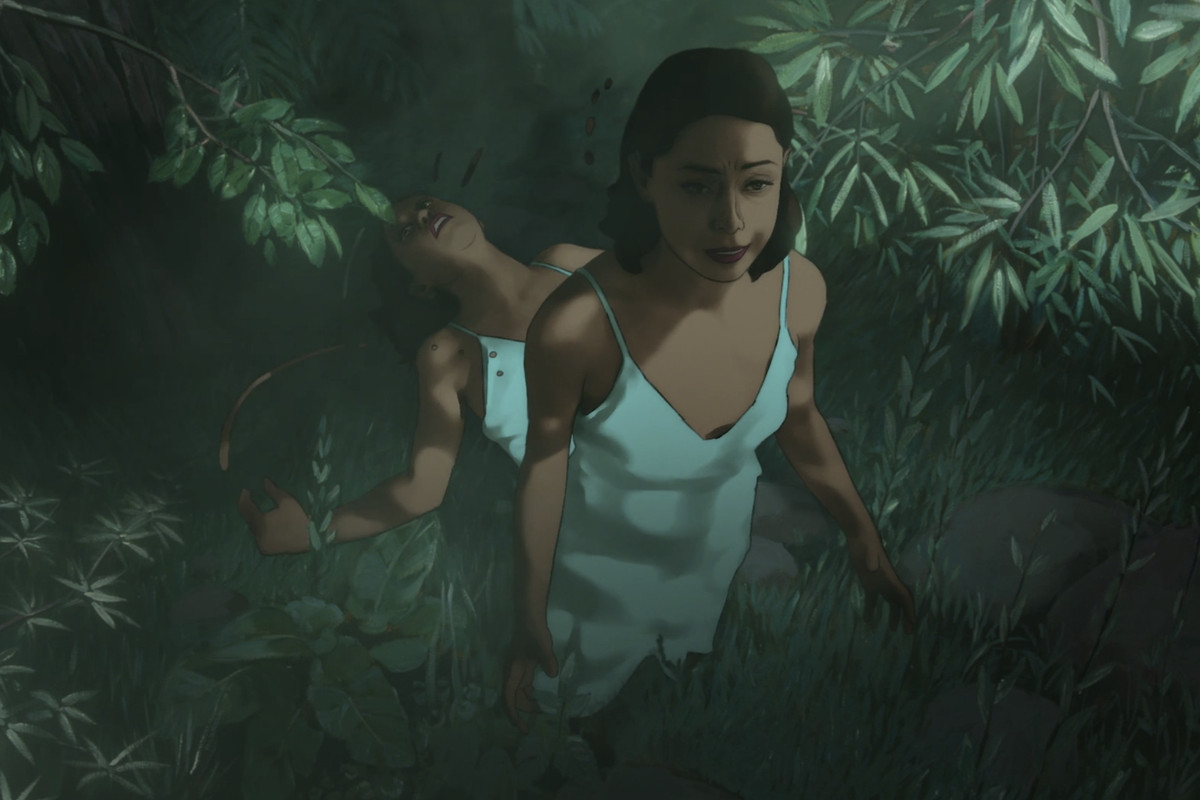
Writer Kate Purdy originally visualized her series as animated to showcase Alma’s ambiguous perceptions. Instead, Undone features the beautiful animation technique of rotoscoping. Rotoscoping technique requires animators to trace over every frame of the live-action footage of the actors. By combining 2-D and 3-D landscapes with rotoscoping, the aesthetic imagery in Undone allows for raw realism in the animation without CGI technology. Since the result appears realistic, yet still animated, this art style directly reflects the theme of ambiguity in Alma’s perception of real events.
“Hisko brought up rotoscope because he said if you do that, then you get the best of both worlds. You get these performances, you capture all that emotion, and it continues to be of an animated piece.”
Kate Purdy (writer of Undone)
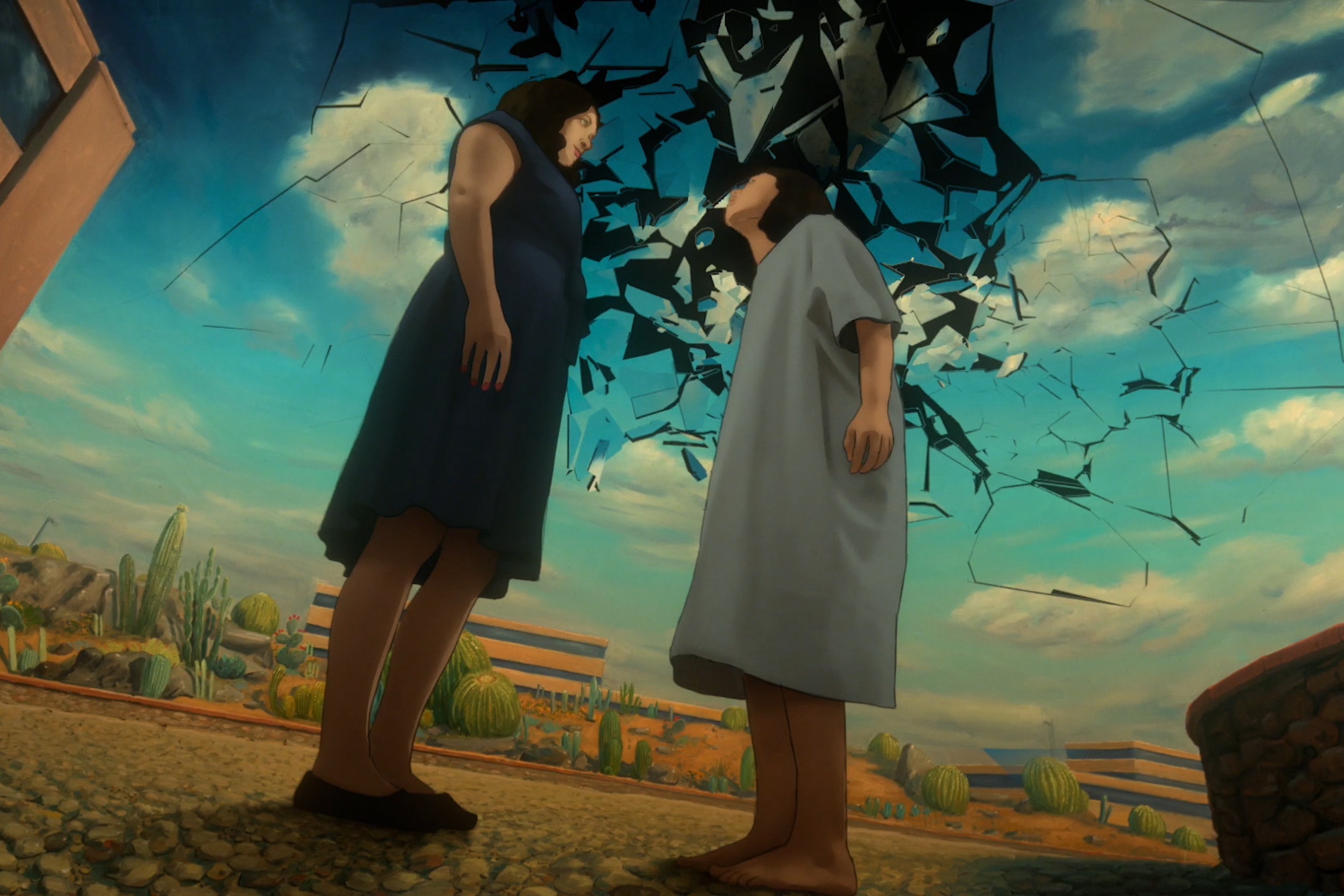
Through rotoscoping technology, Undone captures the aesthetics of realistic, human microexpressions from the actors themselves. As viewers, we watch Alma try to navigate through what she perceives as reality. Contrastingly, the aesthetics of rotoscoping art challenge the perception of whether or not Alma implements coping mechanisms toward her trauma and grief. Combining the entertaining performances of real actors with layers of art that resemble animation gives audiences a chance to view the world through Alma’s perspective. Furthermore, Undone‘s surreal premise involving quantum entanglement, time travel, and perception perfectly meshes with its aesthetically pleasing artistic style.
Artistry Of Oil Paintings
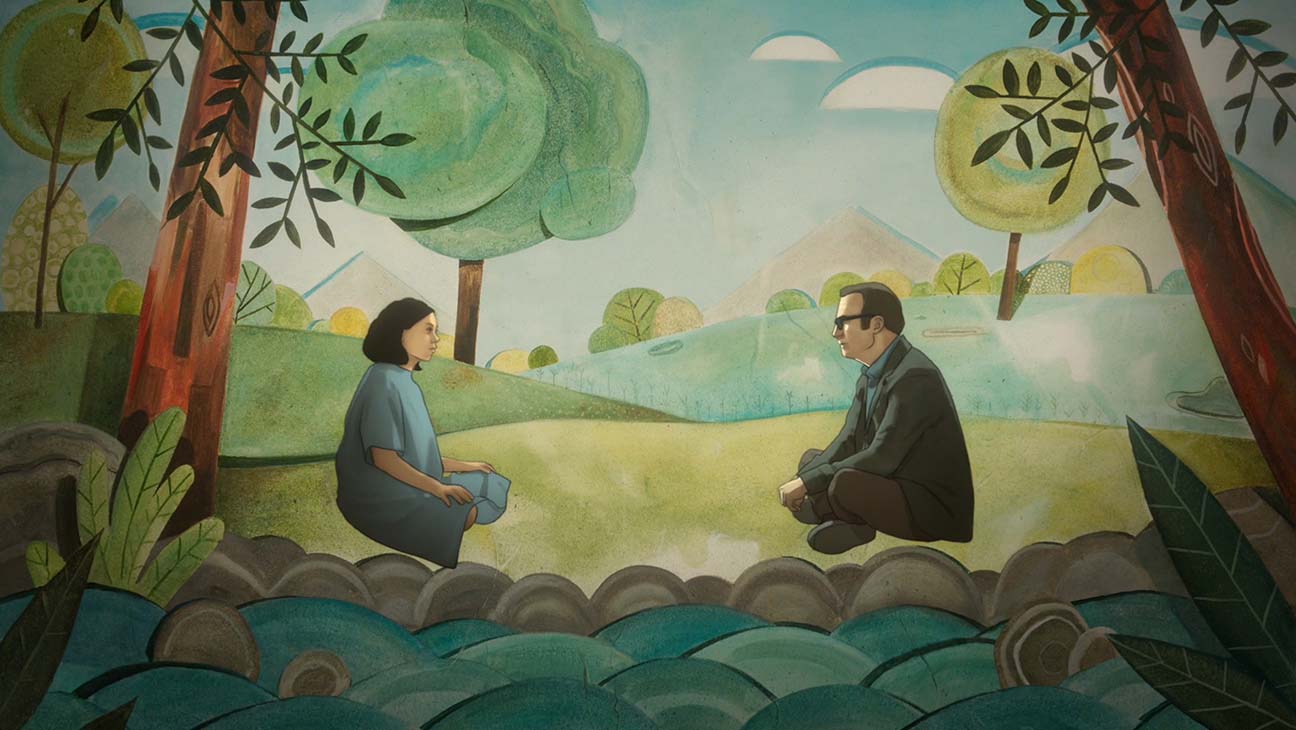
Along with rotoscoping, artists created over 1,000 oil paintings for backdrops in Undone. These paintings undeniably draw audiences straight into the aesthetic portrayals of reality and time travel Alma experiences. Some scenes, like the one above, feature an entirely oil painted image with only small imposed versions of Alma and Jacob. Critically, we travel alongside with Alma and Jacob as she learns to control time from past to present. Whether fiction or reality, Alma perceives her encounters with Jacob as truth, depicted by the organic aesthetic medium of oil paintings.
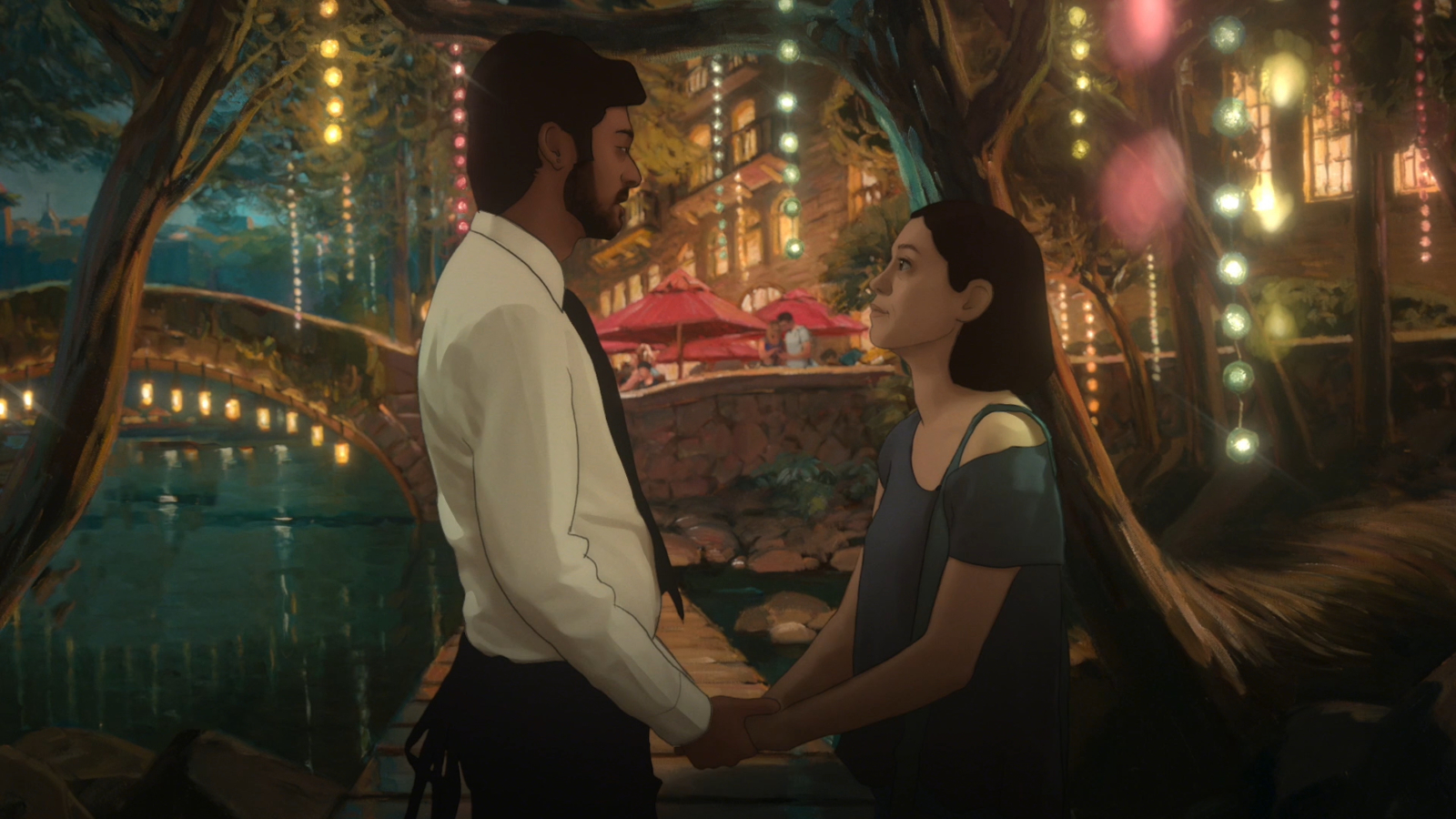
Even in scenes where Alma clearly goes about normal tasks in her life, the oil painting backdrops give viewers a false sense of realism. Thematically, the aesthetics of the oil paintings allude to the idea that Alma’s perception of reality remains enigmatic. Director Hisko explains in a behind-the-scenes video that the gradients and strokes in the paintings “show life.” Though the blend of animation and hyperrealism, the artistry allows life to shine through as we experience Alma’s world. Because of the show’s ambiguous nature, aesthetic oil paintings work to merge realism and unreliable perception in Undone.
Undone‘s Perception Through Musicality
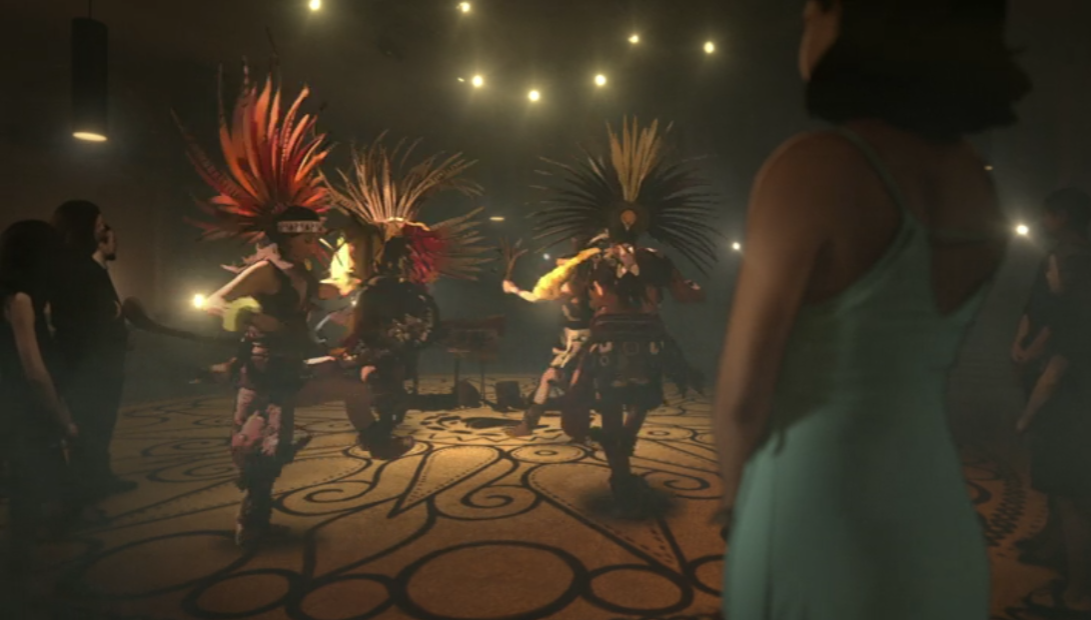
Undone helps normalize the stigma associated with mental illness, disability, and ethnic and cultural minorities. Music incorporates special importance to Alma because of her struggle with deafness as a child. Additionally, large part of Alma’s journey involves her connection with her Nahuatl heritage. Because indigenous groups like the Nahuatls focus heavily on music and dance in their culture, Undone also delves into music’s power in affecting human perception. The soundtrack for Undone guides audiences along with Alma’s perception of her surreal, often frightening, experiences.
Communication Through Music
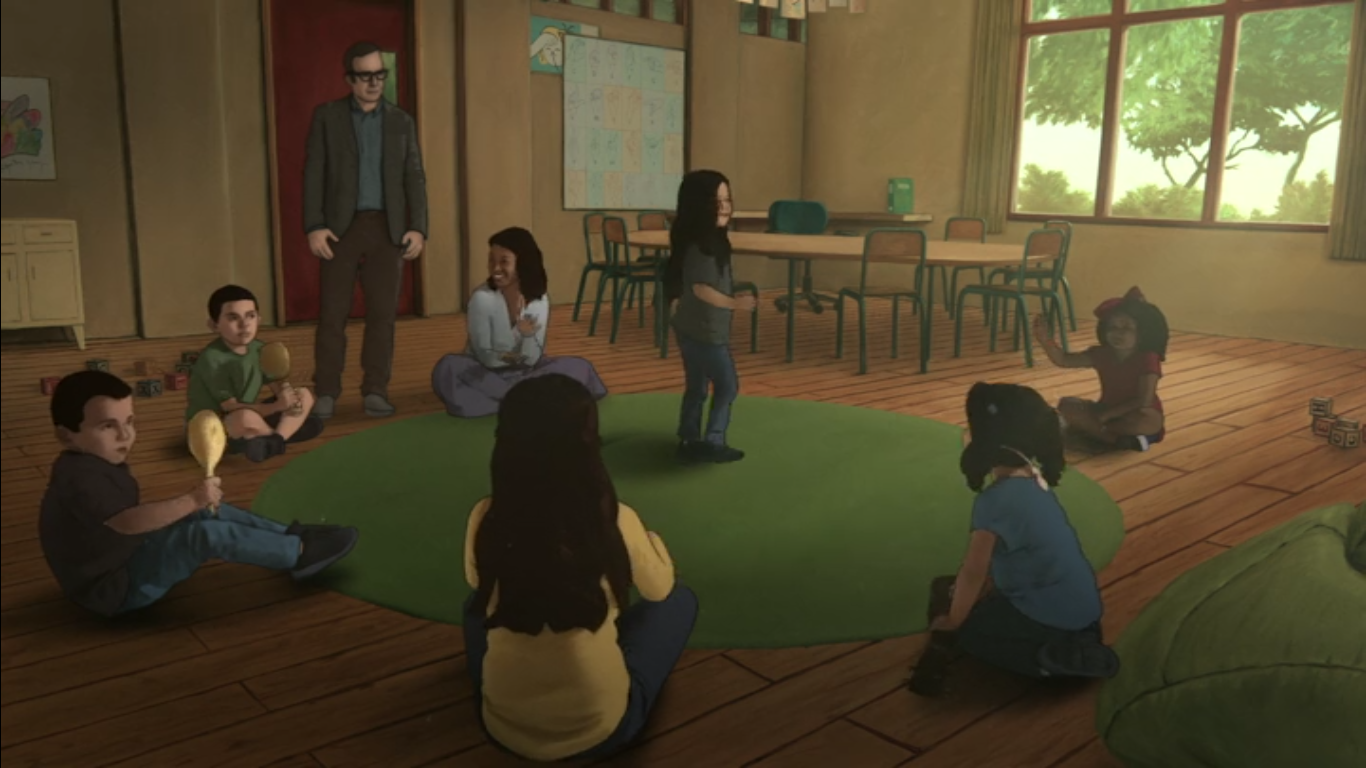
Throughout the series, we discover that Alma’s parents essentially forced her into having surgery for a cochlear implant. Alma, who attended a school for the deaf, enjoyed her time at the school as she became proficient in sign language. For Alma, dancing and playing musical instruments as a deaf child gave her great joy in her perception of life. Because Alma’s parents remove that experience, she consequently feels a continual loss of control over making decisions. Jacob guilts Alma into helping him solve his own murder after Alma’s crash by emphasizing that her metaphysical abilities create a new way of communication.
“But now we have to delve into your potential. You know, this is kind of a new way of hearing.”
Jacob Winograd (Undone, Season 1: Episode 2)
Alma’s perception of control in her life relies on her effort to communicate. Even as a deaf child, Alma found communication through the rich power of musicality. Music tethers Alma to the world outside of her disability. We watch Alma effortlessly dance to the musical vibrations in her deaf class as the scene transitions. The same music continues playing as Alma transforms into her present day, astral self, dancing in a reflection pool in Mexico. Critically, Alma’s connection to music beautifully shapes the show’s narrative and Alma’s perception of her ability to communicate her interior emotions.
Dance As Catharsis
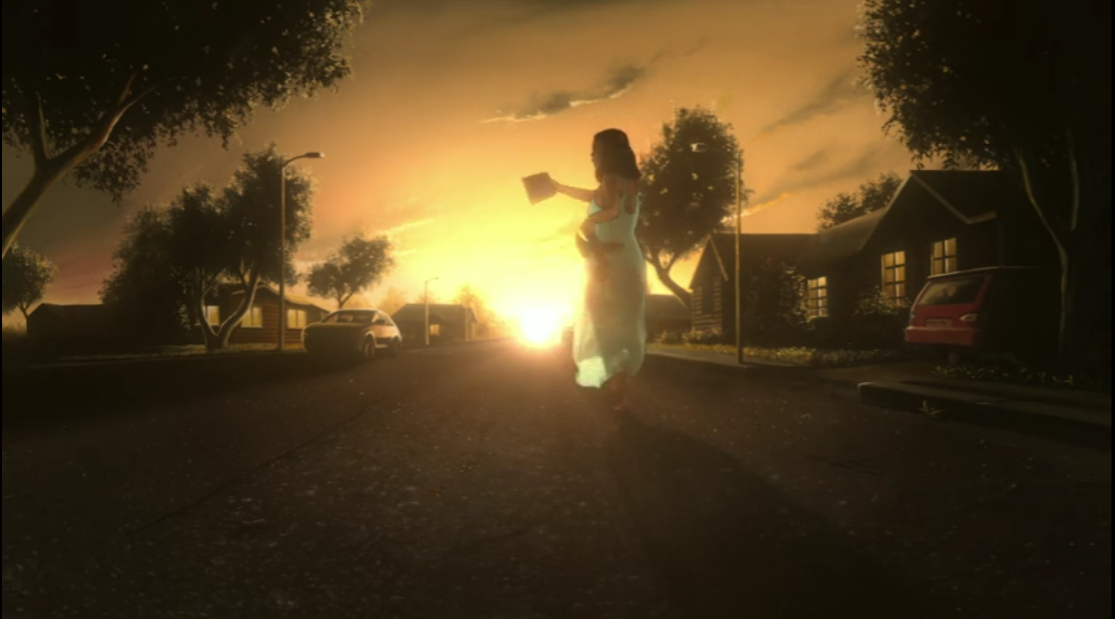
“All of our dances connect us to each other . . . Even though you don’t know the dance, you know the dance.”
Tonantzin (Undone, Season 1: Episode 7
Alma’s mestizo, Nahuatl heritage evolves into a foundational thematic principle in Undone. Often, Alma feels limited by her perception of her own mental health. Because Jacob teaches Alma how to manipulate her astral self through time, Alma finally feels she can start controlling her own life. Still, Jacob continually pushes Alma to help him, even when Alma strives to feel connected in her perception of the physical world. With one foot in the real world and the other in the metaphysical world, Alma searches for the push she needs to harness power to travel all the way back to the night her dad died.
Finally, Alma’s perception of her own limitations morphs into strength when she watches an indigenous Nahuatl dance performance at a bat mitzvah. After one of the dancers affirms Alma’s feelings about her own connection to the music, she begins a dance performance of her own. The beautiful sequence of shots allow us to watch Alma dance her childhood dance over a series of days. Primarily, the thematic role of music symbolizes a catharsis for Alma. Backed by the fittingly named song, “A Life Without Limitations” (Amie Doherty), Alma’s intense relationship with music challenges her previous perception of belonging.
Visual & Audible Influence On Perception In Undone
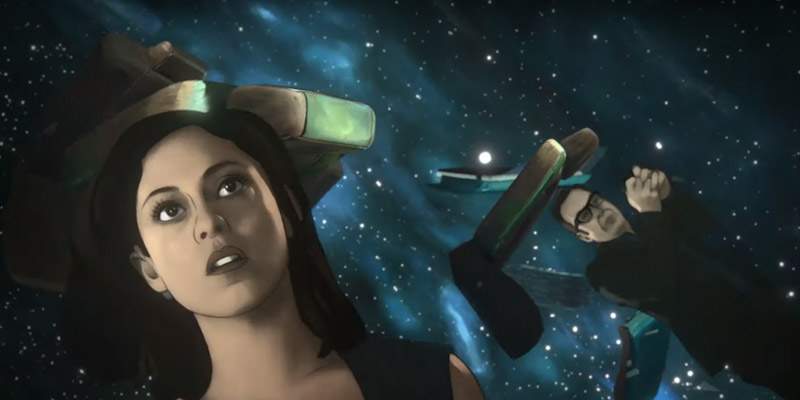
Undone perfectly combines the perception of the real world and the temporal world through its aesthetically gorgeous production. Animation, art, and classical music thematically attach viewers to Alma’s ambiguous perception. Even through Alma feels broken, she demonstrates a growth mindset after wallowing in monotony for so long. In light of Mental Health Month, Undone may help affirm or enlighten viewers in their own perceptions of life. Still, whether or not you resonate with the thematic material, Undone is a visual and audible treat to experience while the days feel like they’re on a loop.
